Shrimad bhagwat katha banner design
Understanding the Significance of Shrimad Bhagwat Katha
Shrimad Bhagwat Katha is a revered scripture within Hinduism, often regarded as a profound narrative that encapsulates the life and divine pastimes of Lord Krishna. This text, part of the larger Mahabharata, is not only a spiritual discourse but also serves as a vital source of wisdom for devotees and spiritual seekers. The Bhagwat Katha narrates pivotal moments from Krishna’s life, portraying themes of devotion, love, and the importance of righteousness (dharma). It is celebrated for its deeply philosophical content, offering insights into human behavior, morality, and the relationship between individuals and the divine.
In the context of religious gatherings, the Shrimad Bhagwat Katha assumes a critical role. These events, often marked by collective recitation and storytelling, foster a sense of community and shared spirituality among participants. The narratives engage the audience, providing time for reflection and meditation on the teachings of Lord Krishna. Devotees believe that participating in these recitations not only purifies the mind but also cultivates a deeper understanding of life’s purpose, ultimately guiding them towards spiritual enlightenment.
The significance of Shrimad Bhagwat Katha extends beyond its textual content; it embodies the spirit of devotion (bhakti) that resonates with individuals from diverse backgrounds. The act of storytelling, a fundamental aspect of the Katha, invites listeners to immerse themselves in the divine tales and allows for a transformative experience. Aesthetically pleasing banners at these gatherings serve not only to beautify the venue but also to amplify the spiritual atmosphere. By incorporating imagery and themes directly from the Bhagwat, organizers can enhance the message being conveyed, creating a memorable experience for all attendees. Such visual elements connect the congregation more profoundly to the spiritual narrative being shared, reinforcing the overall impact of the event.
Essential Elements of an Effective Banner Design
Creating an effective banner design for Shrimad Bhagwat Katha requires a comprehensive understanding of its essential components. One of the primary considerations is sizing. Banners come in various sizes, and selecting the right dimension can significantly impact visibility and readability. Ensure that the banner is large enough to be seen from a distance but not so large that it overwhelms the surrounding environment. This allows the audience to grasp the message easily, even from afar.
Typography is another critical element in banner design. The choice of fonts must align with the reverence of the Shrimad Bhagwat Katha while also ensuring legibility. Sans-serif fonts are often recommended for headlines due to their clean and modern appearance. In contrast, serif fonts can be employed for body text, imparting a traditional feel. The hierarchy of text should guide the viewer’s eye, with the most important information displayed prominently.
Color schemes play a significant role in conveying the theme of devotion and spirituality associated with the Katha. The use of warm and inviting colors, such as saffron, yellow, and green, can evoke feelings of peace and reverence. It is important to maintain a harmonious color palette that complements the imagery and symbols used, ensuring that the design remains cohesive without being overwhelming.
Incorporating relevant imagery or symbols in the banner design is crucial. Visual elements such as motifs of Lord Krishna, sacred texts, or floral patterns can enhance the overall message and resonate with the audience’s spiritual connection. These elements should be thoughtfully placed to create a balanced composition, allowing for visual clarity that draws the viewer’s attention to the key messages. Achieving this balance and clarity ensures that the banner effectively communicates the essence of the Shrimad Bhagwat Katha, making it both meaningful and aesthetically appealing.
Incorporating Cultural and Traditional Aspects
When designing banners for Shrimad Bhagwat Katha, it is essential to incorporate cultural and traditional motifs that resonate with the local audience. This approach not only enhances the visual appeal of the banner but also fosters a sense of connection and belonging among the community members. Traditional designs, color palettes, and symbols are rooted in the cultural narratives of the audience, making them an integral part of the banner’s effectiveness.
One effective strategy is to utilize local symbols that represent the faith and values of the community. For instance, motifs such as peacocks, lotus flowers, or conch shells, which hold significant spiritual meaning in many Indian cultures, can be integrated into the banner design. These symbols serve as visual cues, evoking a sense of familiarity and reverence among the viewers, thereby enhancing their engagement with the event.
Color choice also plays a pivotal role in traditional designs. Each culture has its own palette of colors associated with various emotions, festivals, and spirituality. For instance, vibrant reds and yellows are often emblematic of joyful celebrations, while soothing blues can evoke tranquility and peace. Selecting a color scheme that aligns with the cultural context of the Shrimad Bhagwat Katha not only beautifies the banner but also makes it more relatable to the audience.
Incorporating traditional art styles is another way to pay homage to cultural heritage. Styles such as Warli paintings from Maharashtra or Pattachitra art from Odisha can be adapted to create unique banners. These techniques not only showcase regional craftsmanship but also tell stories that resonate on a deeper level with the audience.
Ultimately, cultural and traditional aspects are vital for creating Shrimad Bhagwat Katha banners that do more than just inform; they inspire, connect, and reflect the shared values of the community. By embracing local art, symbols, and colors, designers can create banners that leave a lasting impact, enriching the overall experience of the event.
Digital vs. Traditional Banner Design Techniques
When it comes to designing banners for the Shrimad Bhagwat Katha, the choice between digital and traditional design techniques can significantly impact the final product. Each method has its unique advantages and disadvantages, depending largely on the designer’s objectives, the target audience, and available resources.
Digital design techniques leverage technology and software programs, allowing for greater versatility and efficiency. With tools such as Adobe Illustrator and Canva, designers can create intricate and colorful banners with ease. Digital banners can be edited and modified quickly, accommodating any last-minute changes. Furthermore, digital banners can be scaled to a range of formats, from social media posts to large prints, making them suitable for various platforms and contexts. However, reliance on technology may pose limitations for those without sufficient digital skills or access to high-quality software, which can hinder the creative process.
On the other hand, traditional banner design techniques involve the use of physical materials such as paint, fabric, or paper. This approach often results in a more tactile experience and can convey a sense of authenticity or cultural relevance, which is particularly important for religious events like the Katha. Traditional designs can capture the attention of a local audience through their hands-on craftsmanship. However, this method typically demands more time and resources, as creating and preparing physical materials can be labor-intensive. Additionally, traditional banners are less adaptable compared to their digital counterparts.
Ultimately, the choice between digital and traditional design techniques should be influenced by the specific needs of the banner. Designers should assess their own strengths, audience preferences, and the context in which the banners will be displayed. By weighing these factors, choosing an appropriate design approach can enhance the impact of the Shrimad Bhagwat Katha banners, ensuring they resonate effectively with the intended audience.
Best Practices for Displaying and Promoting Banners
Effective display and promotion of banners during Shrimad Bhagwat Katha events are crucial for maximizing visibility and engagement. To ensure your banners make a significant impact, it is essential to consider their placement, design, and maintenance. First and foremost, strategic positioning is key. Banners should be placed in high-traffic areas where attendees naturally congregate. This might include entrances, near food booths, or adjacent to seating areas. The use of vibrant colors and clear fonts will attract attention and convey the message effortlessly.
In addition to physical placement, promoting the event through various channels can further amplify the reach of your banners. Utilize social media platforms such as Facebook, Instagram, and Twitter to share images of the banners along with event details. Creating a dedicated event page can serve as a central hub for information while encouraging followers to share the content, thereby widening the audience. Collaborating with local community groups or organizations can also enhance promotion, as their established networks can help reach more individuals interested in attending the Shrimad Bhagwat Katha.
Weatherproofing is another essential aspect of maintaining banners over time, especially if the event occurs outdoors. Using durable, weather-resistant materials ensures that banners withstand the elements, preserving their appearance and functionality. Additionally, consider implementing a routine inspection process to check for any wear or damage, allowing for timely repairs or replacements. It is advisable to store banners properly when not in use to prolong their lifespan. By adhering to these best practices, you can enhance the visibility of your banners and successfully promote the Shrimad Bhagwat Katha event, ensuring it is a memorable occasion for all attendees.
Shrimad bhagwat katha banner design


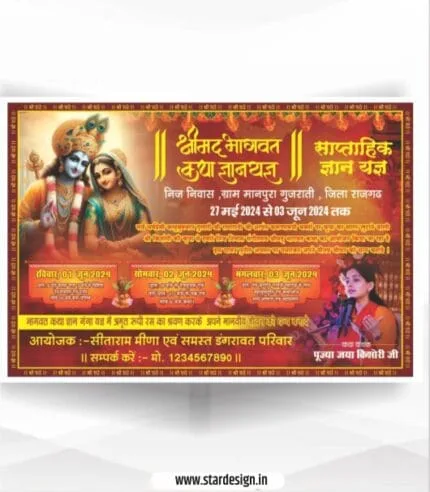
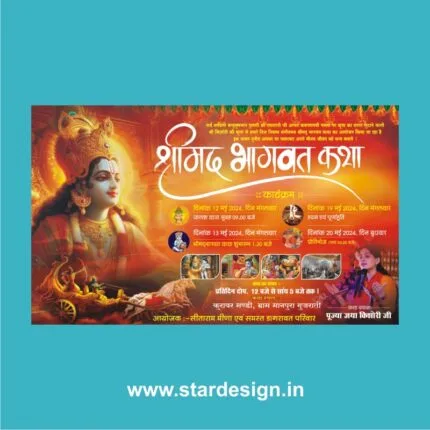
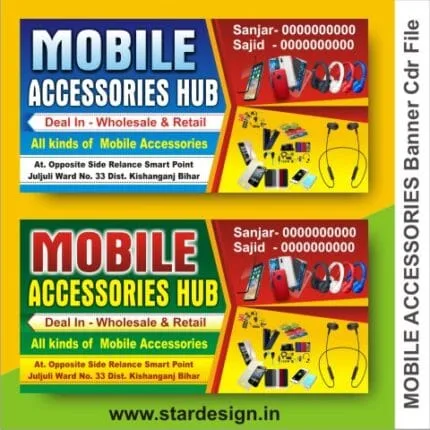

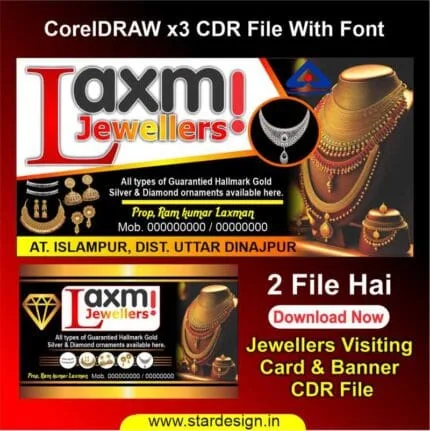

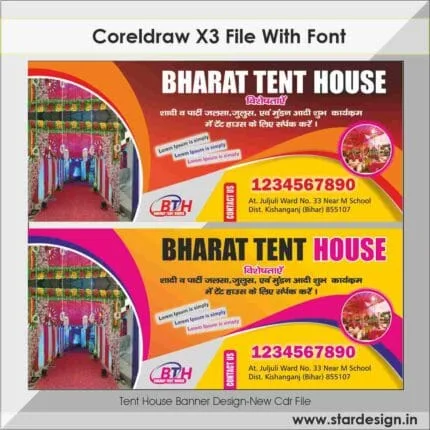

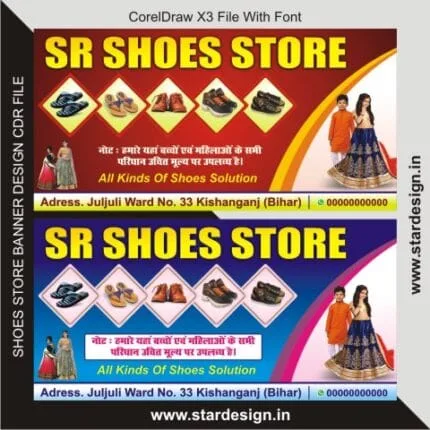

BernardLot –
pharmacie en ligne france fiable: Meilleure pharmacie en ligne – pharmacie en ligne france livraison internationale pharmafst.com
BernardLot –
kamagra livraison 24h: kamagra livraison 24h – Kamagra Commander maintenant
Brianbub –
вавада: вавада зеркало – вавада казино
Brianbub –
пин ап зеркало: пинап казино – пин ап вход
Brianbub –
pin up вход: пин ап зеркало – пин ап казино официальный сайт